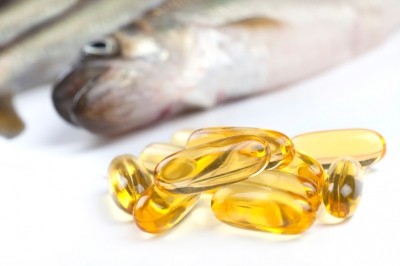Omega-3 market set to boom on demand from food sector

According to the report, market revenue of the omega-3 fatty acids market stood at US$1,482m in 2010 and a compounded annual growth rate (CAGR) is expected of 13.8 per cent between 2011 and 2016.
“The consumption is expected to cross 210,000 tonnes by 2016. Growth is particularly high in Europe and Asia Pacific [APAC] region because of increasing awareness levels and a higher rate of occurrence of heart diseases,” the authors of the report said.
The Asian market is expected to hold 34 per cent of the global market share in 2015 growing at a rate of 15.2 per cent due to higher occurrence rates of cardiovascular disease in the region. The APAC omega-3 fatty acids market is expected to grow from US$489.1 m in 2010 to US$1,093.4 m in 2016, the report said.
The report said however that a lack of awareness and absence of standardised recommended daily intake are hampering the growth of the omega-3 market.
The report also noted that though the dietary supplements segment currently holds the largest market share of the omega-3 market at 65 per cent, the food and beverage segment will give it a stiff fight growing at 26.2 per cent from 2011 to 2016.
“The consumer is thus following the mantra of precaution is better than cure and is more interested in incorporating foods and beverages items rich in omega-3 fatty acids in their regular diets,” the authors said.
This is forcing food and beverage companies to incorporate omega-3 in their products, the report said.
According to the report, marine oil would continue to be the most dominant source for omega-3 fatty acids accounting for 85 per cent share in the global market. This market is expected to grow from US$1,274.5 m in 2010 to US$2,846.2 m in 2016 at an estimated of 14.3 per cent.
Vegetable sources of omega-3 fatty acids such as flaxseed, do not pose much threat to the marine sources since vegetarian sources mainly contain Alpha Linoleic Acid (ALA), the report said.
“The human body converts ALA to EPA and DHA but the conversion rates are pretty low. Our body requires proper balance of EPA & DHA to be effective as dietary supplement,” the authors said in the report.













